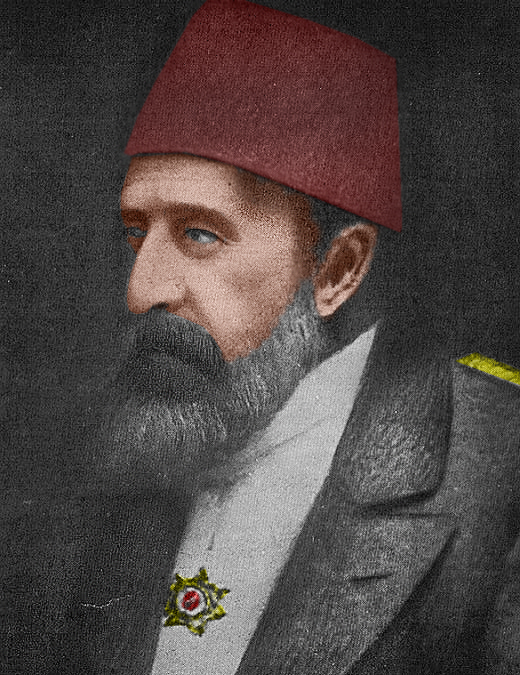-
Country:
Ottoman Empire
-
Dominant:
Abdul Hamid II
-
Type:
Circulating money
-
Composition:
Copper
-
Denomination:
5 Para
-
Weight:
2,6 g
-
Diameter:
23 mm
-
Comment:
1876-1879 (1293)
-
Offers:
1
|
-
Country:
Ottoman Empire
-
Dominant:
Abdul Hamid II
-
Type:
Circulating money
-
Composition:
Silver .100
-
Denomination:
10 Para
-
Weight:
2,0046 g
-
Diameter:
18 mm
-
Comment:
1900-1904
-
Offers:
2
|
-
Country:
Ottoman Empire
-
Dominant:
Abdul Hamid II
-
Type:
Circulating money
-
Composition:
Silver .830
-
Denomination:
20 Kurus
-
Weight:
24,05 g
-
Diameter:
37 mm
-
Comment:
1876-1878
-
Offers:
1
|
-
Country:
Ottoman Empire
-
Dominant:
Abdul Hamid II
-
Type:
Circulating money
-
Composition:
Silver .830
-
Denomination:
5 Kurus
-
Weight:
6,013 g
-
Diameter:
23,5 mm
-
Comment:
1883-1908 (1293)
-
Offers:
1
|
-
Country:
Ottoman Empire
-
Dominant:
Abdul Hamid II
-
Type:
Circulating money
-
Composition:
Silver .833
-
Weight:
14 g
-
Diameter:
33 mm
-
Comment:
1876-1907 (1293)
-
Offers:
1
|
|
|
|
|
-
Country:
Ottoman Empire
-
Dominant:
Abdul Hamid II
-
Type:
Circulating money
-
Composition:
Silver .833
-
Denomination:
1 Kurus
-
Weight:
1,2027 g
-
Diameter:
14,6 mm
-
Comment:
1883-1908 (1293)
-
Out of stock
Let me know when such an item has been uploaded!
|
|
|
|
|

 Czech
Czech  Slovenčina
Slovenčina  Română
Română  Polski
Polski  Español
Español  Français
Français  Italiano
Italiano  Magyar
Magyar  English
English  Deutsch
Deutsch 